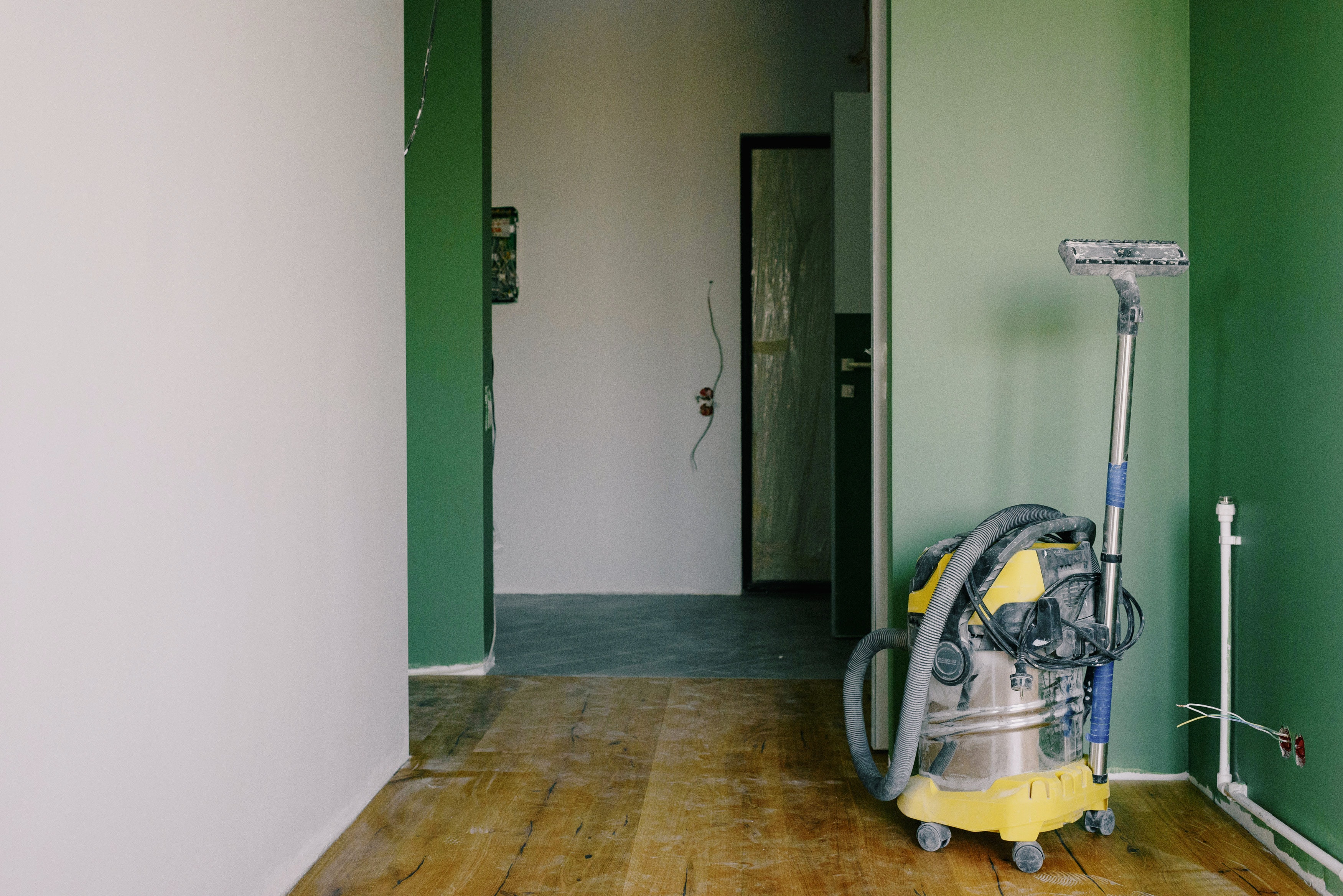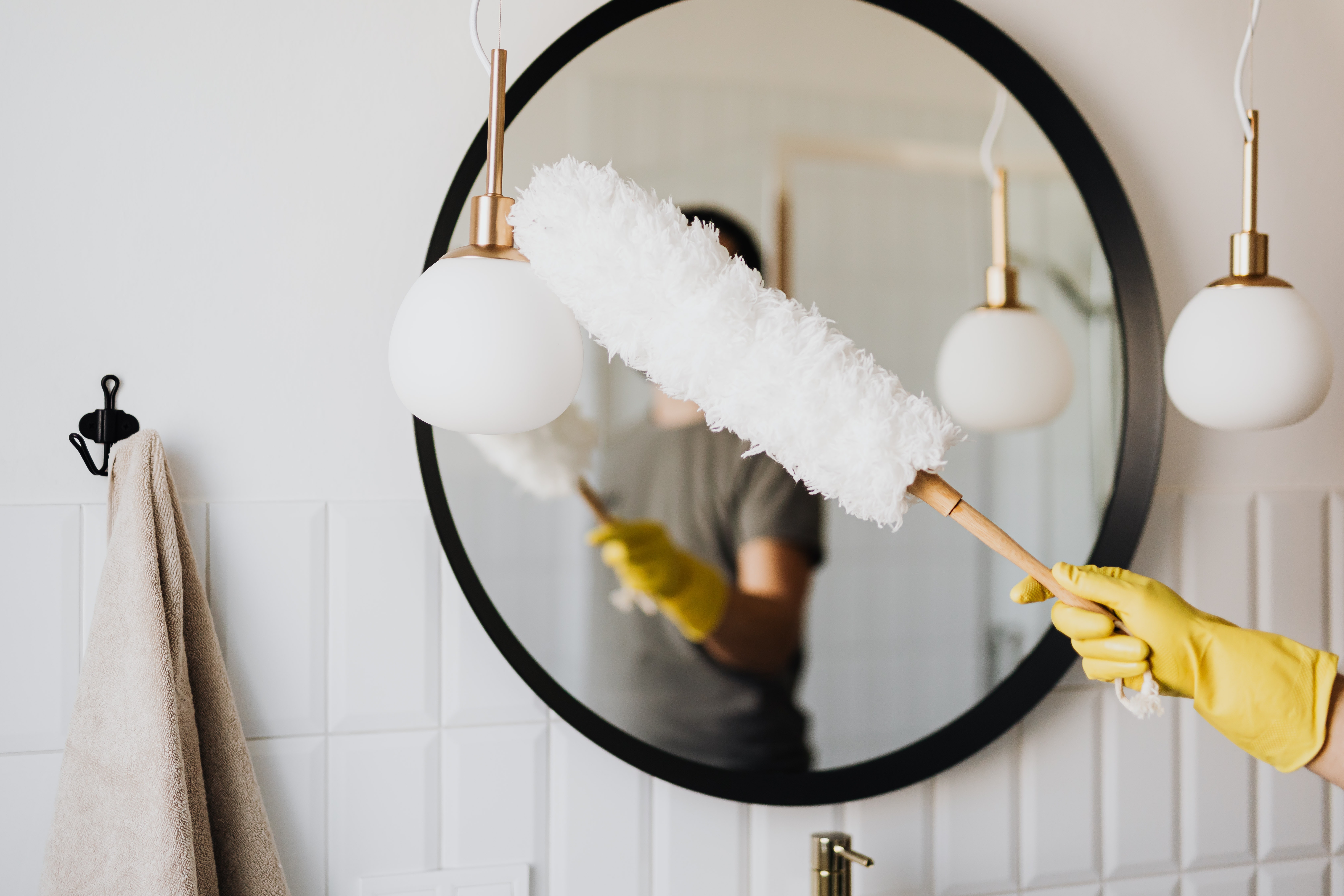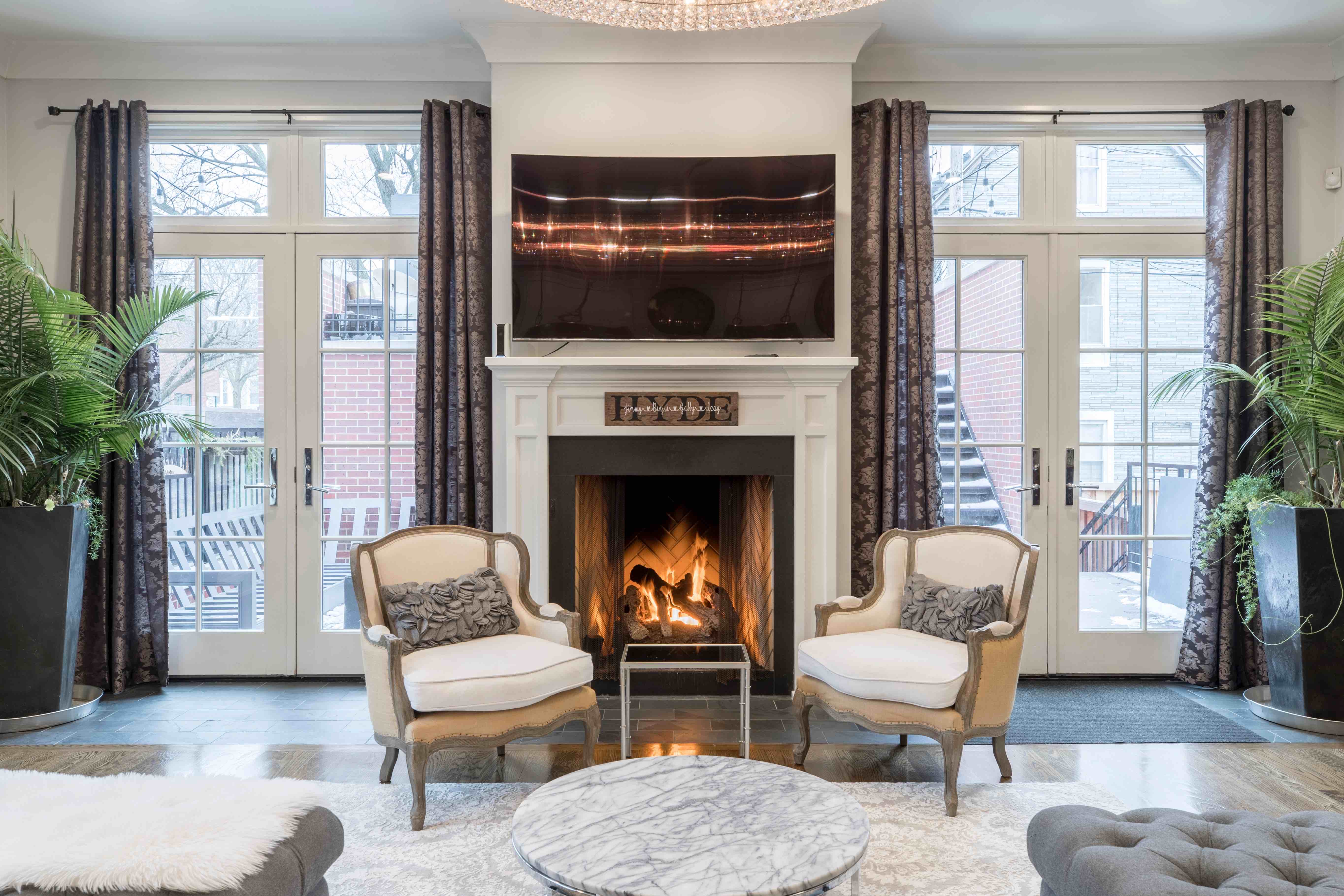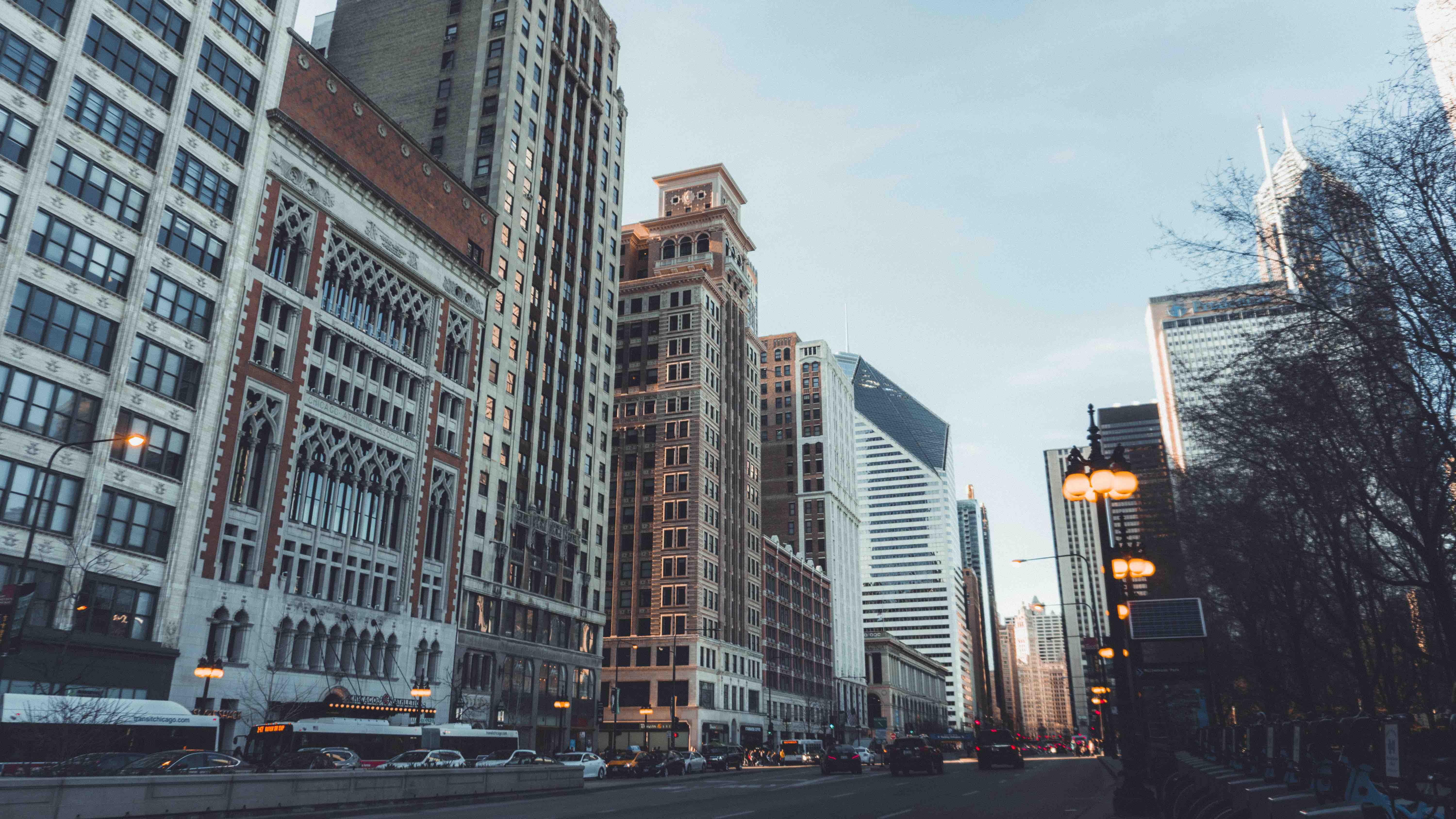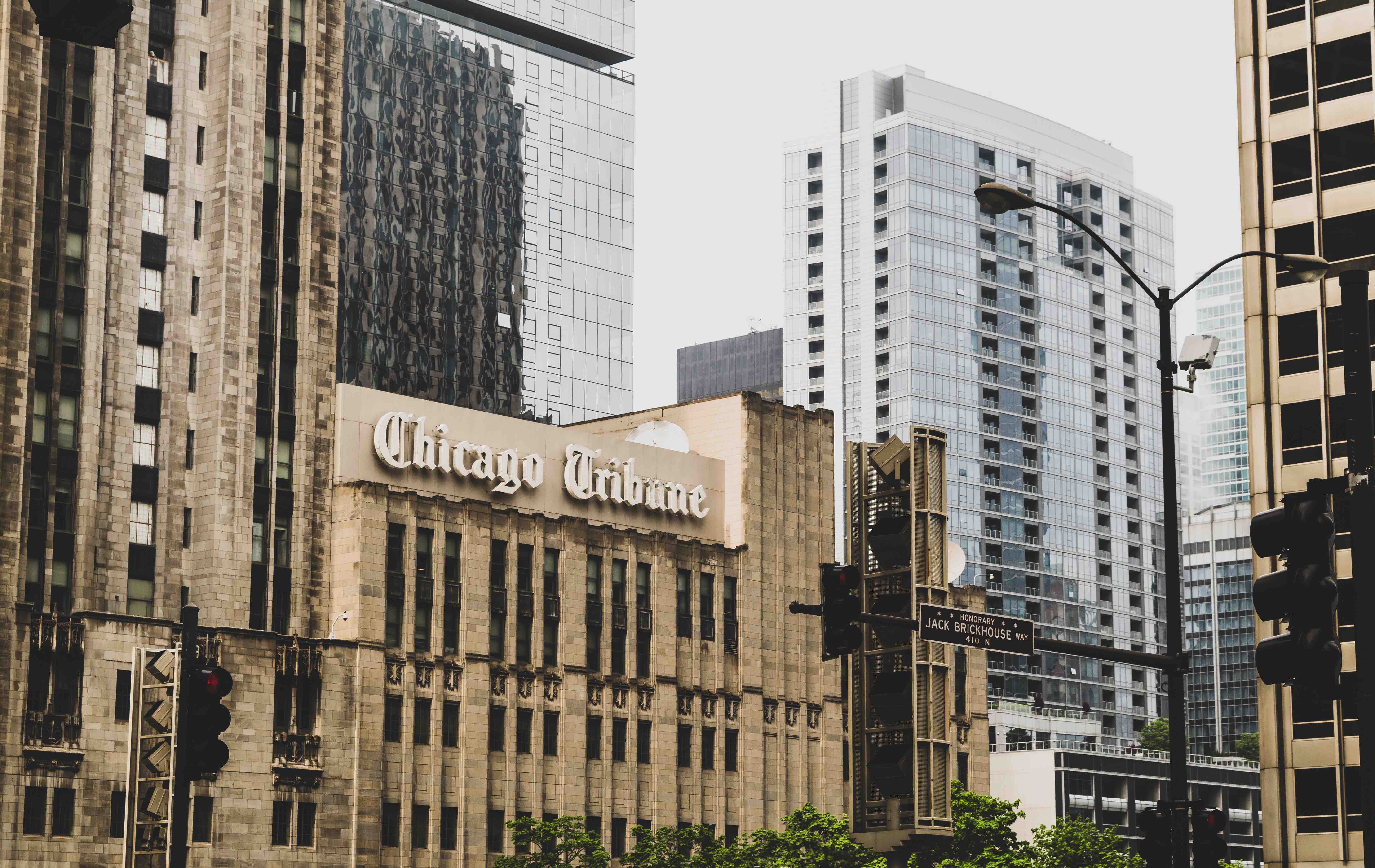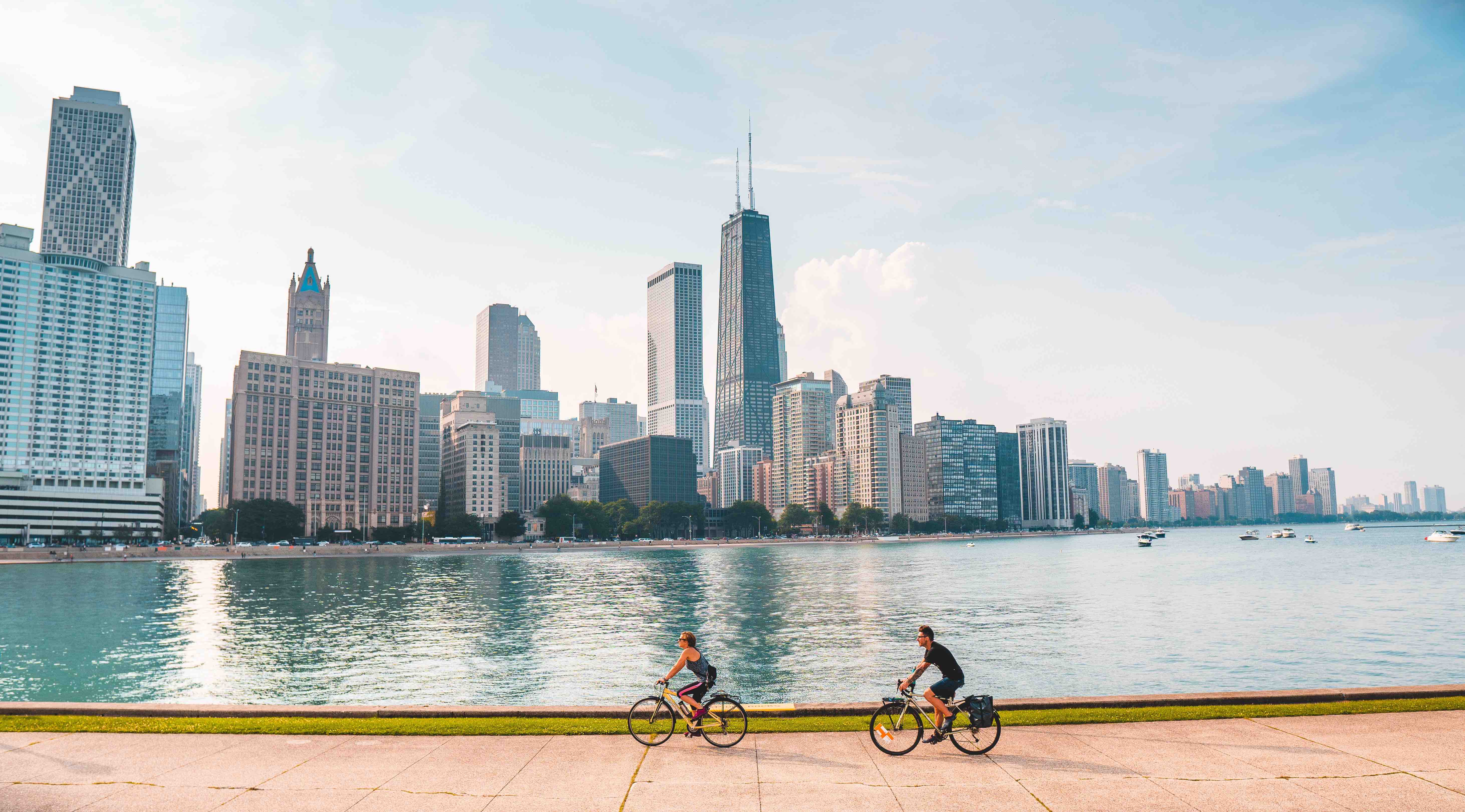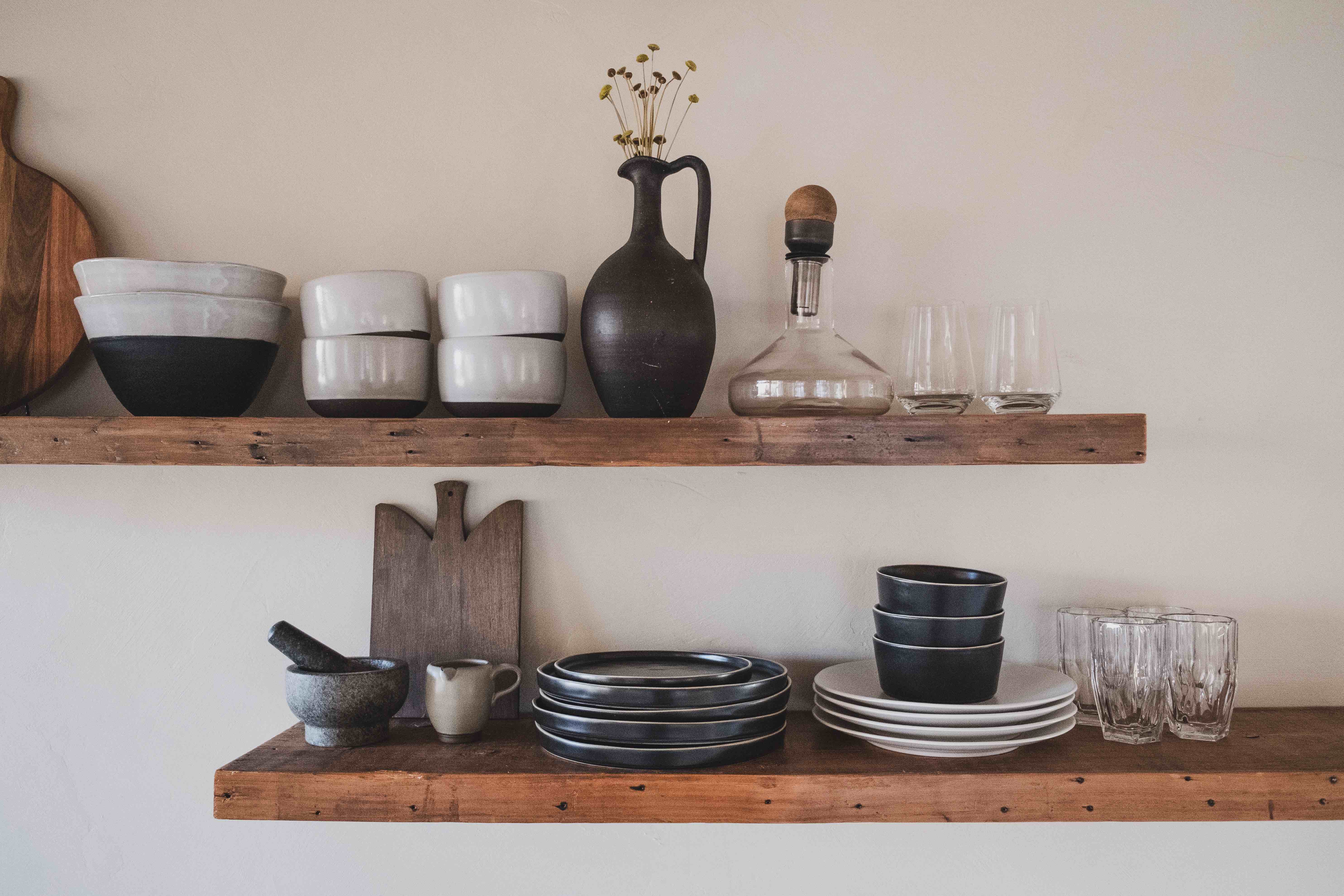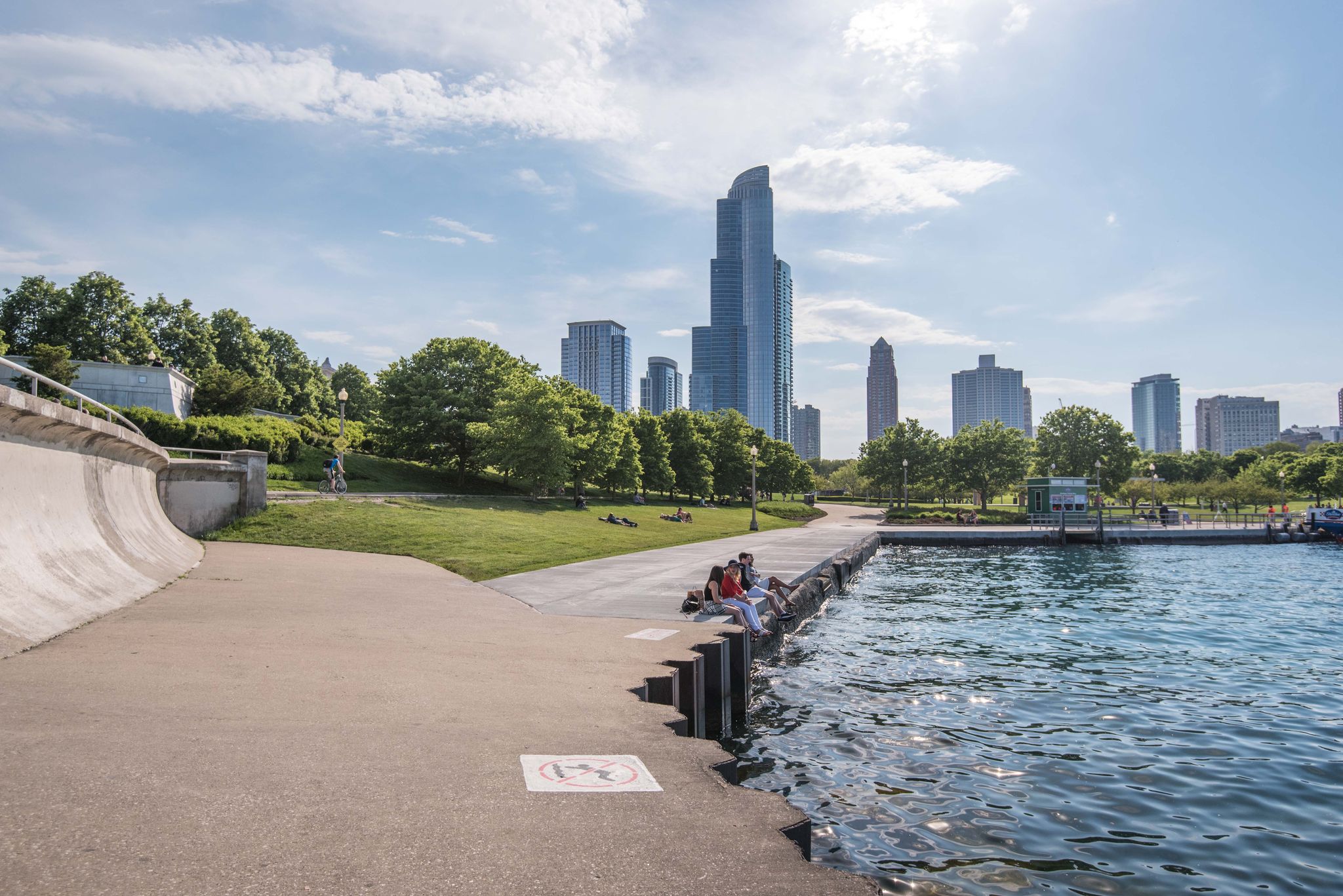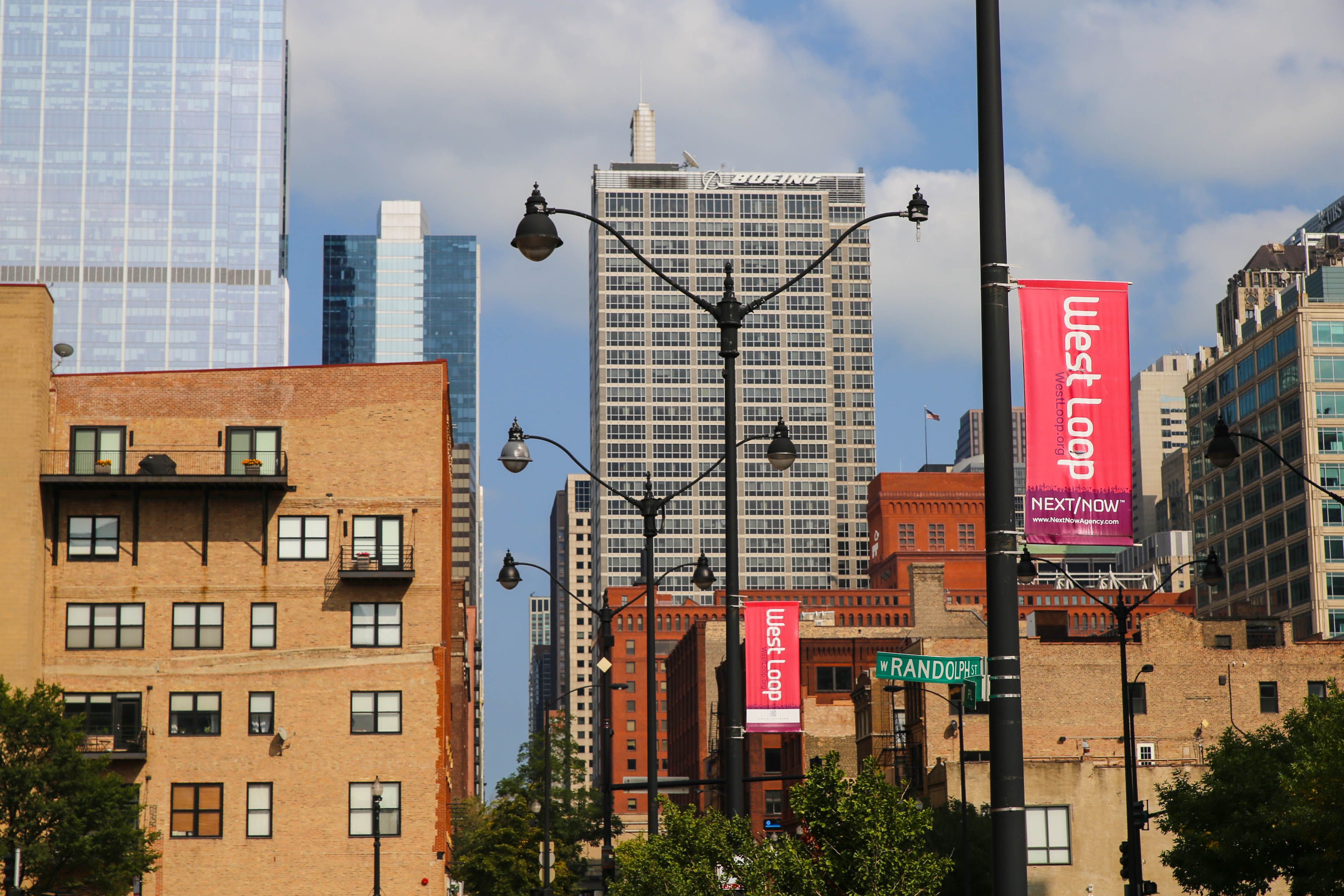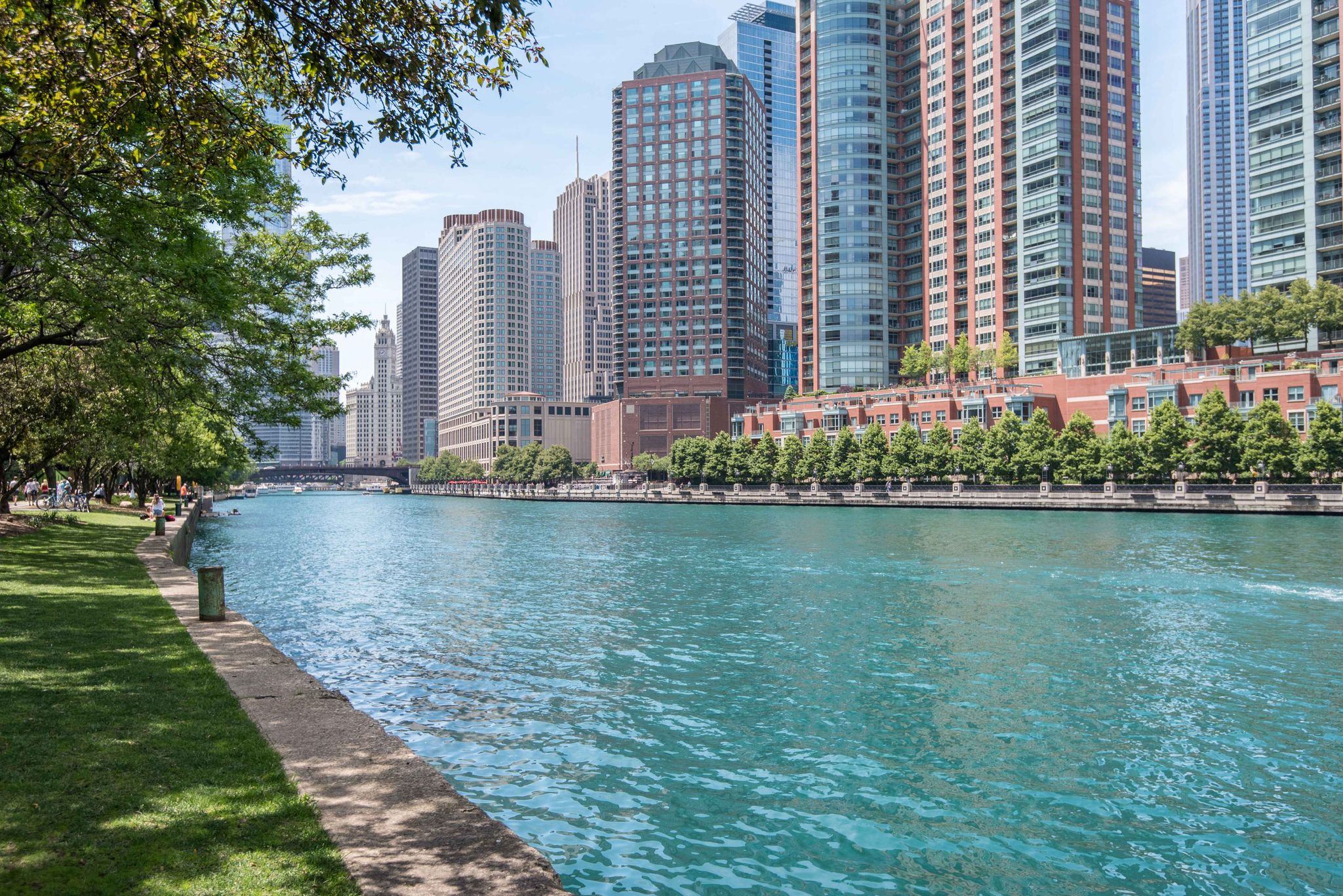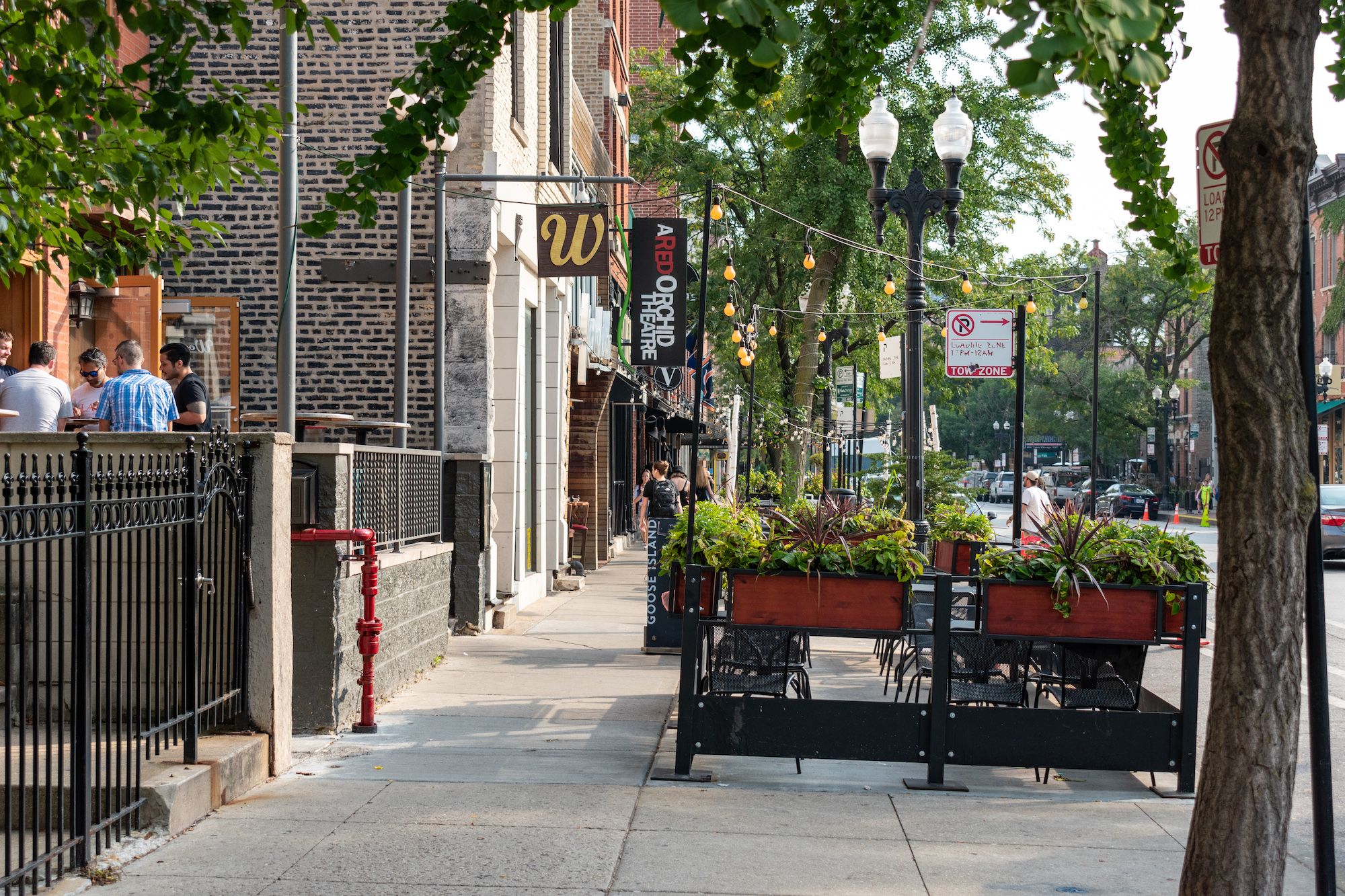Spring is the perfect time for cleanups and general maintenance, especially for condo owners. With the air getting warmer and daylight hours growing longer, you get more opportunities to head back outside to ensure everything is clean, safe, and in order.
Not sure where to start? In this article, we’ve come up with a maintenance checklist for condo owners like you.
Off With the Grime
Spring cleaning and maintenance is never complete without proper scrubbing of all things dirty. This is not just limited to every room and corner of your condo, but also for outside overhangs, the yard, and even window installations. In doing so, you can not only remove potential fire hazards, but you can also spot potential leakages and other signs of wear and tear.
Windows and Doors
- Are the windows clean from the inside, including the hinges and knobs?
- Are the windows clean from the outside?
- Is there any broken glass that needs replacement?
- Are the door hinges and locks working properly both inside and outside?
Windows are one of the quickest and easiest to clean and spot for any maintenance. While you can clean the inside of the windows yourself, it’s better off to leave doors and the exterior of windows to the experts. They have the proper equipment and ample training to carry out the tasks for your safety and convenience.
Roofing, Gutters, and Sidings
- Have downspouts and gutters been cleaned and flushed with water?
- Brush or clean your overhangs. Are its soffits and fascia free of any signs of insects, rodents, or birds?
- Brush or clean the sidings. Do they indicate any signs of being “lived in” by insects like wasps, birds, and such?
While you can easily clean your sidings with long-handled scrub brushes, working with your overhangs is better left up to the professionals.
Dryer Vents and Exhaust Fans
- Are the dryer vents clean and free of lint?
- Have the HVAC filters been replaced?
- Have the HVAC units been tuned up and maintained?
Dryer vents and exhaust fans are magnets for lint, grease, fumes, and other substances which can affect your condo’s airflow and subsequently, your energy bills. These particles are also potential fire hazards and can be a potential breeding grounds for toxic microbes.
While dryer vents and filters can be cleaned by yourself, HVAC units typically need to be regularly checked and tuned up to ensure your unit lasts long and runs properly.
Water System
- Clean faucet aerators and shower heads. Are the sprinklers still working?
- Flush pipes and drainages. Does the water lead away from the house properly?
- Is there any residue or smell indicating rust or wear and tear within the system?
Flushing is an initial way of checking for any problems within your pipes and drainage. If any indications of rust or an unpleasant smell is present, you might want to seek advice from professional maintenance services.
Mind the Gap
Once you’ve gone through the lists above for general cleanup, you’ll then want to be sure to check for cracks, breaks, and leaks inside and outside your condo. These gaps are indicators of wear and tear and if left unattended to, they could cause more problems as your condo unit gets exposed to the drastic weather changes of spring and the upcoming summer.
Chimneys and Air Vents
- Are there any cracks, dents, broken bits, or loose mortar?
- Are there any leaks in the metal flashing?
- If the chimney or air duct is metal, are there signs of rust?
- Are there signs of moisture penetration?
If you said “yes” to any of these questions, then you may need to have these checked out by a professional.
Caulk
Caulking, or caulk, is a sealant used to ensure no moisture, weather elements, molds, mildew, or any unwanted substances leak through the joints and pipes. From windows to pipes, it is important to check for any potential leaks or intrusions:
- Windows: Particularly between the glass and window frames.
- Doors: This is especially true for glass doors. Check if handles are properly screwed and glass caulk is still intact.
- Gutters and pipes: Joints and unions in particular.
- Vents and exhausts: Screws, bolts, and other fasteners should still be in place and not loose or rusty.
- Bathroom caulking: These include washbasins, pipes, drainage, and even your toilet.
- HVAC: If it’s centralized with the entire building you may need to contact your homeowners’ association should there be any problem.
Ideally caulk should last 5+ years, but if you see or suspect any possible signs of deterioration, you may need to look into getting it repaired.
How to Spot for Leaks
As a homeowner, it’s important to know the early indications of leaks so you can save on potential costly repairs.
- Warped wood: Warped wood is a sign of moisture intrusion.
- Molds and mildew: Although molds and mildew could be due to overflowing washing machines, this could also be possibly caused by nearby leaks (i.e. the roof or the pipes in the ceiling).
- Window indicators: Window leaks are often characterized by molds and mildew, hard-to-remove glass stains, and oxidation on frames.
- Flaking paint: Like warped wood, bumps and flakes in the paint could be an indication of moisture intrusion.
- Musty smell: You can sense it whenever you crack a window open or switch on your HVAC.
- Damp spots and stains: Leaks, when in the ceiling, tend to form damp and stained brownish spots. On wallpapers and panels, they could appear as faded stains or discolorations.
- Energy bill fluctuations in the past months: High energy bills may also mean leaks on windows and doors.
Other things to Consider
There are few other things that are important to check and maintain while you’re in the midst of your spring cleaning and upkeep, including:
- Testing thermostats and ensuring they are in good working condition.
- Patios or balconies are scrubbed and removed of any overgrowth, making sure no water runoffs disturb the neighbors below, if there are any.
- Railings are checked for any repainting, repairs, or replacements needed.
Spring cleaning and repair for condo owners is no walk in the park, which is why a Spring Maintenance checklist is a must!
Although you can do some of this work yourself, it is always best to have an experienced professional come and take a second look if you are ever unsure. Doing so will make your condo not just livable, but also a comfortable, energy-saving, and safe place to live in.
——————–
Thank you to Mighty Dog Roofing for writing this guest post.
For over 20 years, Mighty Dog Roofing has been providing high quality roofing services across the country. Our qualified and certified experts can handle roof repair and roof replacement, ensuring that your home has everything it needs to give you a beautiful, comfortable place to live.
If you’re living in or near Columbus, OH, contact Mighty Dog Roofing for your home maintenance needs!
